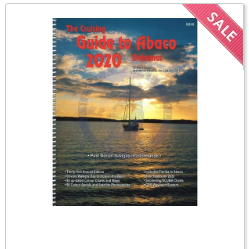The Electronic Chart Display and Information System (ECDIS) is
an advancement in the navigational chart system utilized in naval vessels and
ships. With the usage of the electronic chart system, it has become easier for
a ship’s navigating crew to get exact locations and attain accurate directions.
ECDIS complies with IMO Regulation V/19 & V/27 of SOLAS
convention as revised, by showing designated information from a System
Electronic Navigational Chart (SENC). ECDIS
equipment complying with SOLAS requirements can be efficiently utilized as
a substitute for paper charts. In addition to improving navigational security,
it significantly lessens the navigator’s workload with its automatic
capabilities such as route planning, route monitoring, automatic ETA
computation, and ENC updating. Besides, ECDIS renders many other sophisticated
navigation and safety features, including persistent data recording for later
investigation.
The ECDIS uses the feature of the Global Positioning
System (GPS) to accurately pinpoint the navigational points. Some of the
benefits of ECDIS over paper charts are -
1. All information is prepared and shown in real-time
2. It expedites the whole process of passage planning
3. One can get all requisite navigational information at a
glimpse
4. Alarms and indications are in place to show and highlight risks
5. In comparison to paper charts, ECDIS has made chart correction
more relaxed
6. Charts can be customized as per the demand of the crusade
7. Other navigational equipment such as the AIS, ARPA, etc can be
suffused and combined
8. Charts can be aligned as per necessity.
9. With the convenience to zoom in and out, peculiarities can be
examined as per demand
10. One can attain a more precise ETA
11. Charts can be examined for comprehensive information
Now, it’s apparent that when it comes to a comparison between
paper charts and ECDIS, then ECDIS definitely makes an ideal choice.


